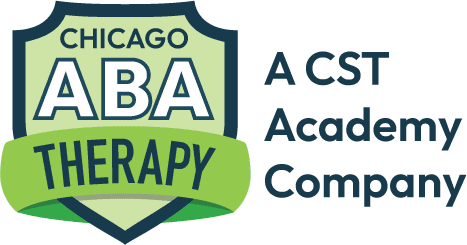When it comes to addressing the unique needs of children with Autism Spectrum Disorder (ASD), sequencing pediatric Applied Behavior Analysis (ABA) therapy plays a pivotal role. This structured, step-by-step approach not only supports the individualized development of children with autism but also ensures that each phase of therapy builds upon the previous one to maximize effectiveness. At Chicago ABA Therapy, our commitment is to provide a seamless and coherent therapy journey that adapts to the evolving needs of each child. In this article, we explore the sequencing of pediatric ABA therapy and its benefits.
Understanding ABA Therapy
ABA therapy is a scientifically validated approach widely recognized for its effectiveness in treating individuals with autism. It employs behavioral principles to reinforce desirable behaviors and reduce unwanted ones, thereby helping children develop social, communication, and learning skills. The process involves the following key elements:
- Assessment and Diagnosis: Initial assessments are crucial for tailoring therapy to the child’s specific needs.
- Goal Setting: Based on the assessment, therapists set achievable, measurable goals.
- Intervention Strategies: Custom strategies are designed to meet these goals through positive reinforcement.
- Monitoring and Evaluation: Regular assessments gauge progress and inform necessary adjustments.
The Sequencing Process in Pediatric ABA Therapy
Initial Evaluation
The therapy sequence begins with a comprehensive evaluation that includes behavioral assessments, parent interviews, and observation sessions. This initial step helps to establish a baseline of the child’s abilities and challenges.
Personalized Therapy Plan Development
Using the insights gathered from the evaluation, a personalized therapy plan is crafted. This plan outlines specific goals that are S.M.A.R.T (Specific, Measurable, Achievable, Relevant, Time-bound) and sets the path for intervention.
Core Skill Development
ABA therapy sessions are structured to focus on core skill areas such as communication, social interaction, and self-care. Techniques like discrete trial training (DTT), pivotal response training (PRT), and natural environment teaching (NET) are utilized depending on the child’s needs.
Integration of Advanced Skills
As children master core skills, the therapy adapts to include more complex skills. This includes problem-solving, understanding emotions, and advanced communication.
Generalization and Maintenance
An essential part of ABA therapy is ensuring that the child can generalize skills across various settings and maintain them over time. This phase involves practice in different environments and ongoing support.
Parent and Caregiver Training
To reinforce learning and ensure consistency across all settings, parents and caregivers are trained in ABA principles. This collaboration is crucial for the child’s success.
Ongoing Assessment and Re-evaluation
The therapy plan is continuously assessed and updated based on the child’s progress and evolving needs. This iterative process ensures that the therapy remains effective and responsive.
Benefits of a Sequential ABA Therapy Approach
- Structured Learning: Sequencing ensures that each therapy session builds upon the last, promoting steady and measurable progress.
- Customization: Tailoring the therapy to the child’s evolving needs increases the efficacy of the intervention.
- Family Involvement: Engaging family members in the process helps create a supportive environment at home.
- Holistic Development: Addressing a range of skills from basic to complex helps in the comprehensive development of the child.
At Chicago ABA Therapy, we are dedicated to providing a structured, step-by-step approach to ABA therapy that respects each child’s pace and personal growth trajectory. By carefully sequencing pediatric ABA therapy, we not only enhance specific developmental skills but also empower children with autism to navigate their world more effectively. Join us in our commitment to transform lives through dedicated, personalized autism care.










